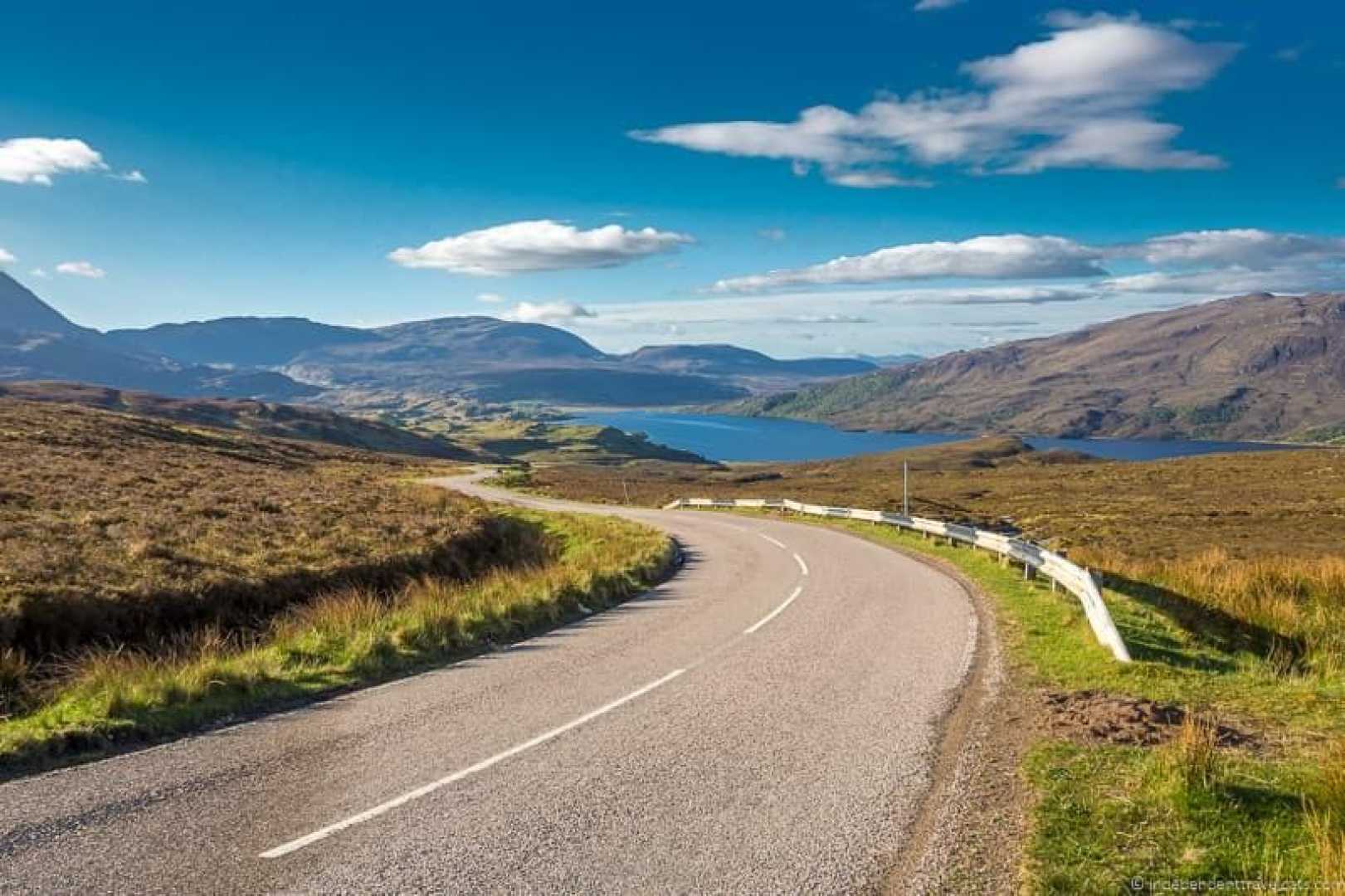Is Scotland’s North Coast 500 a Road Trip or a Tourist Trap?

INVERNESS, Scotland — The North Coast 500 route, launched by the North Highland Initiative in 2015, has become both a tourist magnet and a source of concern for local residents. Formerly known for its rugged and often neglected roads, the 516-mile journey around the northern coastline of Scotland recently drew travelers worldwide, attracting both praise and protests.
This spring, journalist Angus MacKinnon embarked on a trip to explore the route. Initially skeptical of the NC500’s appeal, he remembers his childhood drives marred by long stretches of monotony. He recalls the unappetizing meals that awaited visitors decades ago, contrasting them with today’s expectations of artisan cuisine and breathtaking landscapes. However, the NC500’s marketing proved successful, leading to an influx of tourists but also to unprecedented traffic and environmental challenges.
As social media amplified the route’s allure, local communities began reporting frustrations. Pictures of motorhomes lining fragile roads and littered landscapes became common. By late last year, NC500 was listed on Fodor’s ‘No List’ due to its overtourism risks, suggesting that the attractions had turned into nuisances for long-term residents.
Local business owners have mixed feelings about the increased tourism. Richard Penman and Jane Alcorn, who run a bed and breakfast near Thurso, acknowledge the economic benefits but express concern over the growing number of visitors looking to vacation on the cheap. ‘People park their campers near homes, creating tension,’ Richard explained. ‘It undermines the original idea of supporting local communities.’
While many locals resent the influx and the issues it brings, not all experiences on the NC500 have been negative. Some businesses, like Crofters Kitchen in Scourie, are thriving in the wake of increased tourism. Owners Grant and Heather Mercer focus on locally sourced ingredients, capitalizing on the rising demand for quality meals. ‘We’re looking to expand our setup so we can serve customers throughout the year,’ Grant shared.
The couple’s success reflects the changing landscape along the NC500, which now serves as both a picturesque road trip and an economic lifeline for some local businesses. Nevertheless, the debate continues on whether the NC500’s fame has helped or harmed the very regions it was designed to promote. VisitScotland reported a significant increase in tourists since the NC500’s promotion began, highlighting the need for balanced growth and infrastructure development.
As drive through the breathtaking landscapes of the NC500 continues to draw attention, the delicate balance between celebrating Scotland’s natural beauty and sustaining local communities remains a pressing issue. As MacKinnon concluded, the conversation about tourism’s future in Scotland is far from over.
